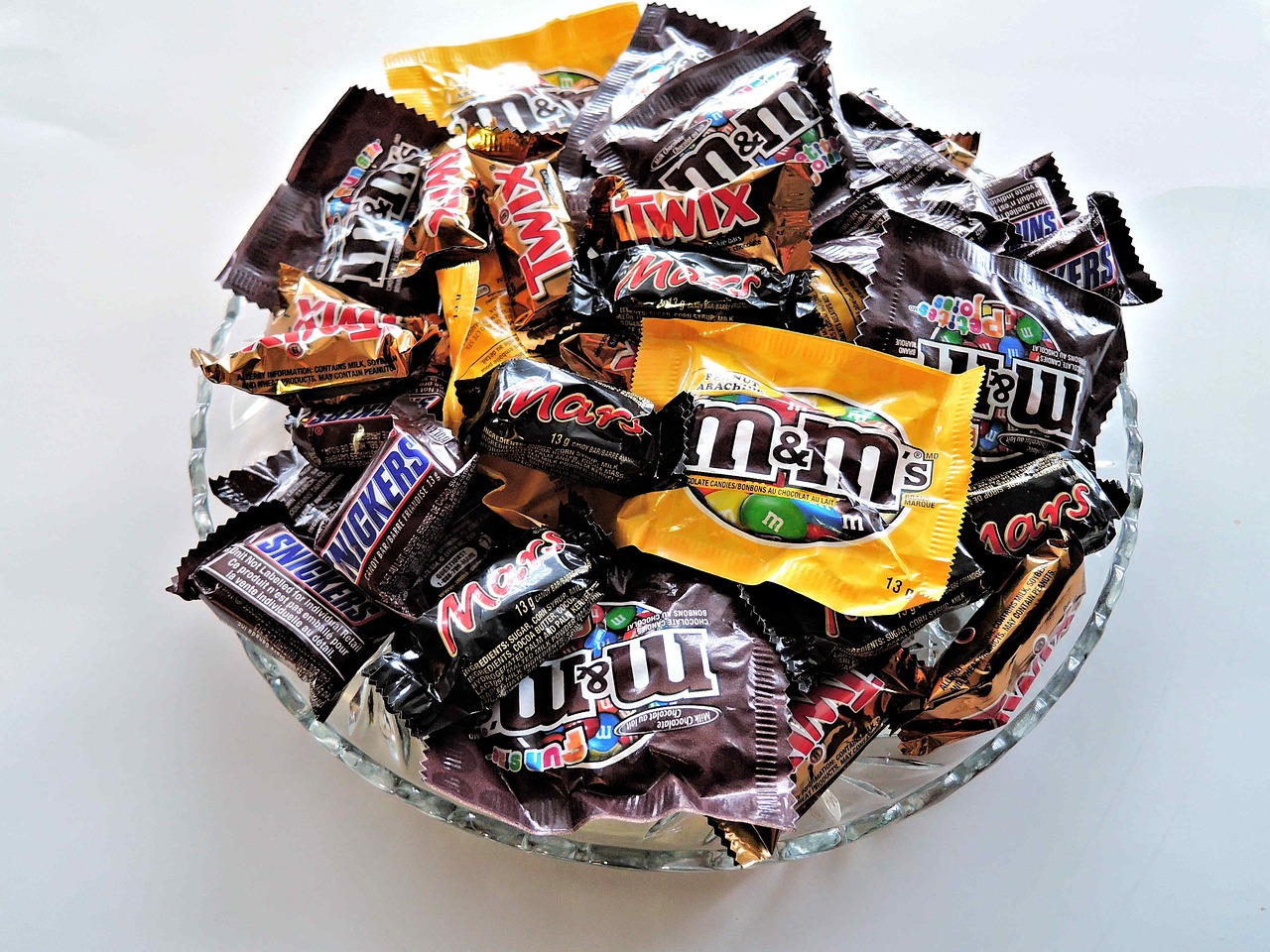
Your Halloween Candy Plan
October 16, 2017Halloween is the sweetest holiday of the year for kids, but not necessarily for the adults who care for them.
Huge bags of candy have the ability to produce battles and arguments for weeks afterwards as parents try to limit the junk food intake. On the opposite end of the the spectrum, kids that are given free rein of their candy, snacking on it at all times of the day, are creating the worst possible situation for their teeth and health.
Planning for Parents
There are several things that parents can do before, during and after the big night to help limit the damage.
Prep Talk
Discuss and agree upon a plan with your parenting partner around Halloween candy. Consider:
- How long will the kids trick or treat for?
- How much candy to do they get to eat?
- What will happen with leftover candy?
Then talk to your kid(s) in age-appropriate language about the plan for the evening in advance of the big night.
Note: We have found that the younger the child, the less likely they’ll remember about the candy they brought home. The approach here is ‘out of sight, out of mind.’ You may prep them with the number of pieces of candy that they are allowed to eat on Halloween night, and then leave it at that.
During the Big Event
Keep a lid on the candy haul by asking your child to wait to be given candy by the host, and to not help themselves to handfuls. Or, if offered by the host, ask your child to take only one or two of their favourite treats from the bowl.
Check the Haul
Review the candy together and dispose of any opened or suspicious packages. Then suggest that your child sort the candy. Depending on the age this might include sorting by favourites, types, colour, or counting in groups. This step will help your child visually sort, understand the volume and focus in on what they really want to eat!
Allow a Binge
Many dentists, myself included, recommend a one-time binge on the candy loot rather than spreading it out over the weeks to come (see more on this topic below). Set a time limit to the binge, rather than number of pieces. Some kids will sense that they’ve had enough after several pieces.
Before bed ensure your child has brushed his/her teeth properly and flossed, as candy loves getting stuck between the teeth.
Dispose of Excess Candy
This is the fun part for parents and guardians: determining what to keep after the big night and figuring out the best way to dispose of the rest.
Keeping: Some parents don’t allow their children to keep any candy after the binge, while others determine a select amount to keep for (or with) their kids.
Disposing: There are multiple ideas for getting rid of leftover candy here, including buy-back programs, donating to a non-profit organization, re-using for birthday loot bags or trading it for a non-candy gift.
Buy-backs can be organized by a local business or by parents. Depending on the age of your child, you could offer an amount of money for each candy or by weight. This is a great way to practise math and/or negotiation skills!
Best Candy to Keep Versus the Worst
Not all candy is equal in the eyes of dental professionals.
The sticky stuff is the worst, e.g. tootsie rolls, caramels and taffy, because it sticks to the teeth and sits there until it’s brushed and flossed out.
Second-worst choices are hard candies or lollipops, especially the ones with a filling of taffy or sugary gum inside. If sucked rather than chewed, these candies take a long time to eat, with all that sugar sitting in the mouth for 20-30 min.
In the middle ground is anything gummy-like because they also can get stuck in the teeth, but not as badly as the sticky stuff!
Plain chocolate is the best choice, especially if it’s dark with less sugar. It’s the quickest to eat.
How to Eat Candy
It’s important to focus on when candy is eaten. Don’t spread it throughout the day. Choose one time, such as after dinner, and enjoy it as dessert—part of a meal.
Why not enjoy a few little pieces throughout the day? Every time a sweet is consumed, it creates a more acidic environment in your mouth. This environment combined with the sugar encourages bacteria growth, and destroys tooth enamel. Cavities are the bacterial infection created by the acids.
After eating something sugary, wait about 20-30 minutes before brushing your teeth. It’s not the ideal time to brush your teeth right after eating sweets as the acidity is also trying to protect the teeth, and brushing them can wear down the enamel.
Every time you eat something sweet, couple it with something that isn’t such as a piece of cheese or apple slices. Drinking water also helps to ‘clean’ the teeth until it’s time to brush and floss.
Overall, having a Halloween strategy NOT about denying your child the enjoyment of candy, but to encourage moderation. It’s also the perfect time to teach your kids about how to prevent cavities and to make healthy choices.
Image credit: Image by pixel1 from Pixabay







